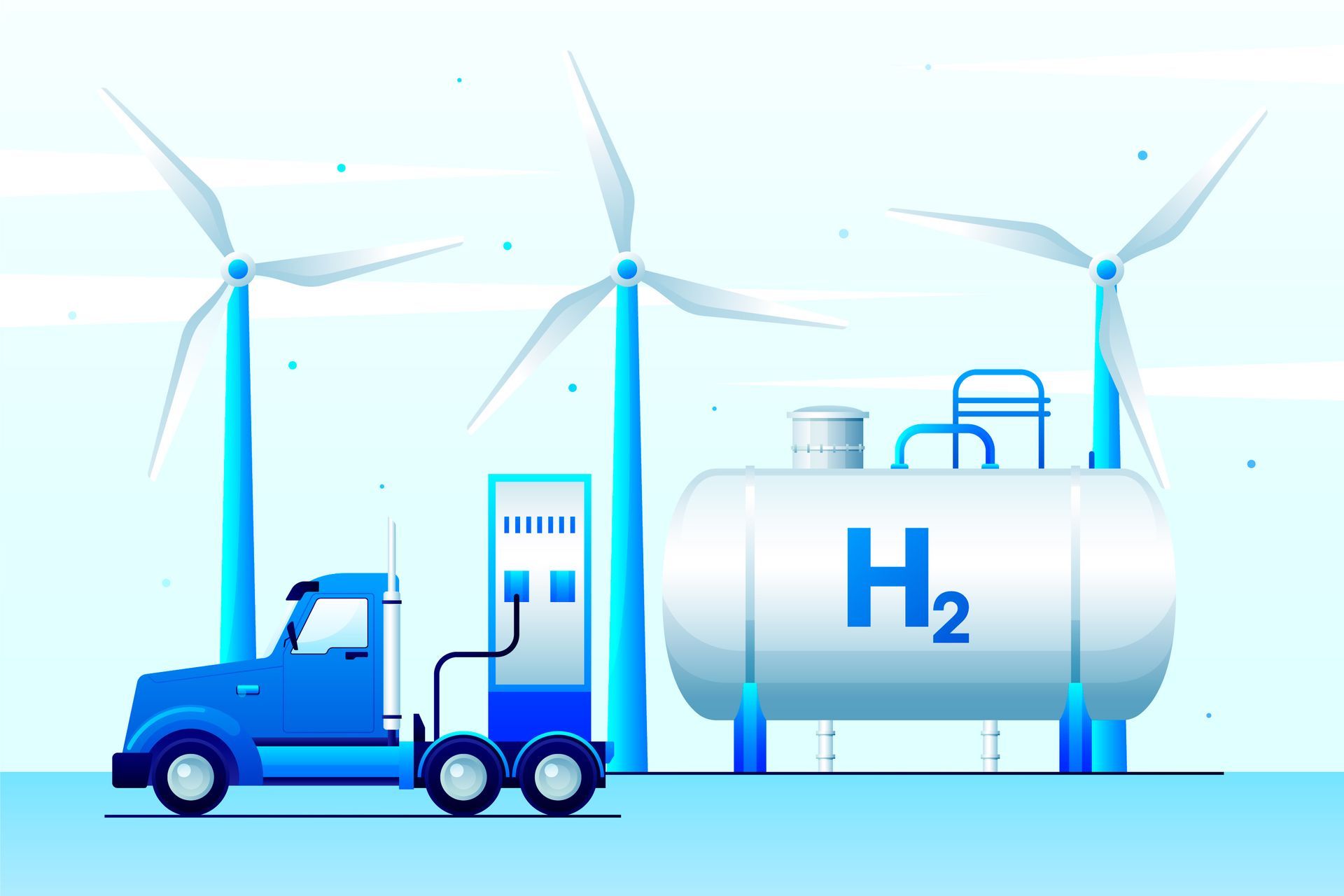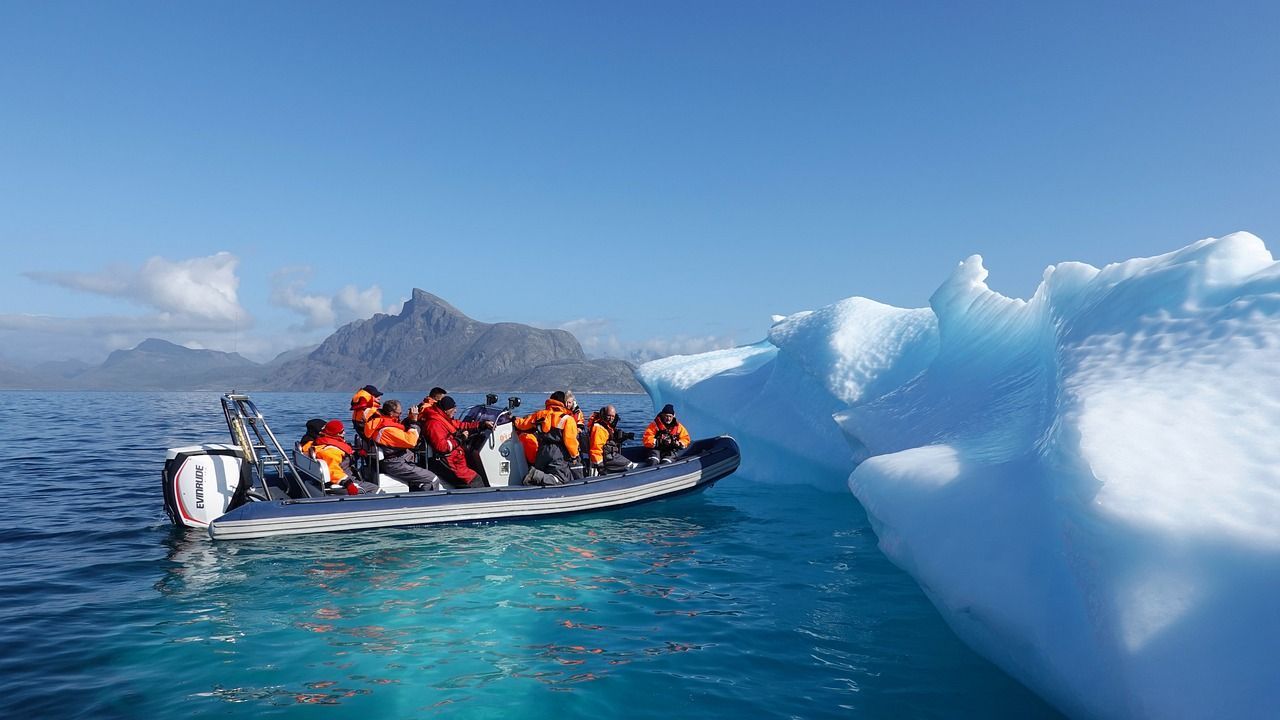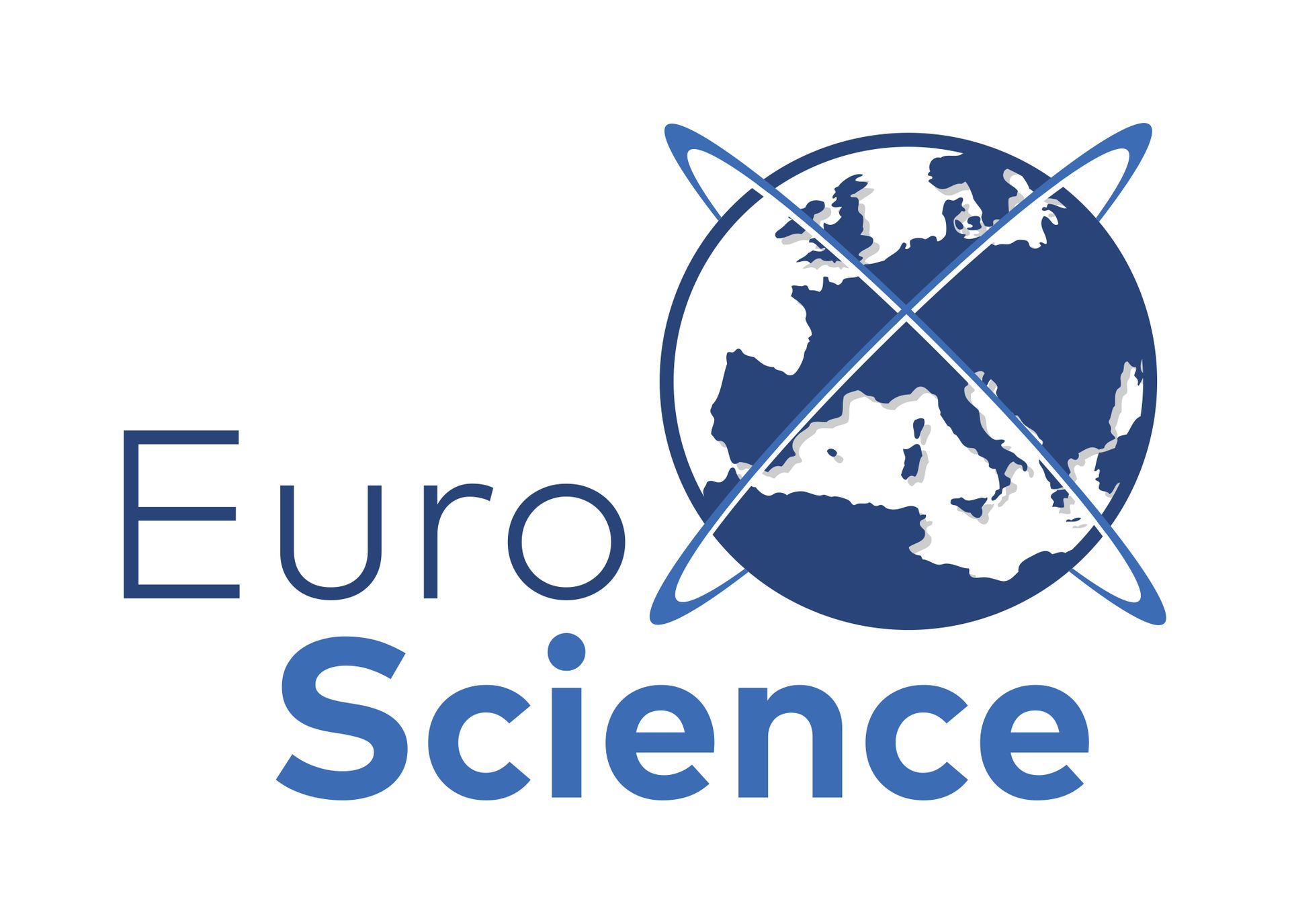Mastery and Mentoring in Science: Type of Academic Mentors ('Scientific Masters') and its Meaning in Modern Science and Academic Education
The studies indicated that the mentoring in science and the role of the so-called ‘academic masters’ or academic mentors still remains one of the most crucial fundaments of a widely understood ‘academia’. This is true even despite all the dynamic changes and in-depth reforms of modern systems of science and academic teaching, enhanced by, inter alia, new forms of communications and new forms of knowledge transfer in science.
Analysis of the lives and careers of outstanding academics and the paths they took to arrive at their positions indicates that there is no way to teach a young researcher to be a mentor in science. Moreover, there are not even general principles for how to become an “ordinary” scholar, scientists. This surely comes from the fact that science is not an ordinary profession. However we might indicate a few basic attributes that potential academic mentors should have, including in particular: lavish scientific achievements, innovation in activity, creation of novel approaches and research methods, constructing new theories; extensive scientific contacts, also international, the ability to search for scientific talents among students and good cooperation with them, and high academic ethics.
The studies helped to identify three basic types of academic mentors, who affect the attitudes of students and young scholars most owing to their splendid activity and outstanding featurs: 'coryphaeus-guide', 'interpreter-canon guardian' and 'scholar-educator':
- The “Coryphaeus-guide”. Coryphaeus - was a master of ceremonies, a guide upon whom greatly depended the success of a play in the Ancient Greek theater. He announced the most difficult issues and conducted the choir. An academic mentor of this sort is a kind of guide in the world of theory and research in a field. Coryphaeus-guide is a scholar of not only the highest academic abilities, but who also sees his/she work in terms of a mission, to which he devotes himself entirely, longing to overcome obstacles, make new discoveries, create entirely new research methods and theories to open new possibilities for study etc. It is an academic mentor who has the greatest significance for his/she discipline or field of study, without whom progress is hard to imagine. Coryphaeus/guide is a true academic luminary, who has not only brilliantly learned the canons of his/she field and is able to guide other researchers (particularly young ones) through the epistemological/methodological meanderings of the discipline, but who also adopts the role of the scholar marking out new directions, and often new horizons of research in a given field. Mentors of this sort often hold the status of “founding fathers” of various fields of study.
- The “Interpreter-defender of the canon” is a scholar for whom the purity of the canon in a field is most important, alongside concern for the fact that it is only joined by researchers of the highest standard (both in a theoretical/methodological sense, and in a formal one), defined by the structures administrating and managing academia and the academic community in the given field. Owing to his/she outstanding authority in a research community, such a scholar is an arbiter of sorts in matters concerning a given field. Opinions (or “rulings”) of defender of the cannon generally hold sway in the thought and academic work of other researchers. It is his/she opinion, to a large extent, which decides if a theory, law, research method etc. will enter the canon of knowledge in a given field, or what will be discarded at a certain moment (though this does not mean forever).
- The “Scholar-educator” mentor is a scholar of outstanding intellectual, academic, and moral virtues, who attends to the development of the younger academics, and particularly his/she own students, in a special fashion – in a way both direct and “everyday.”. This type of mentor explains to them a scholar’s basic roles, and shows these to them in practice. Scholar-educator skillfully shows them all the twists and turns, and above all the beauty and attraction of academic work and life. Basic ambition of scholar educator mentor is to leave behind successors to continue “his/she work,” creatively unfolding it. The scholar/educator has, after all, remarkable skill in evaluating the potential of future scholars. He/she can perceive what lies hidden in them, and notices abilities and qualifications in his/she future students as they are just emerging. It would seem that this sort of mentor exerts perhaps the most influence on the processes by which the intellect is created and the shaping of upright moral postures among future scholars. Young academics should learn the right approach to scholarship from these mentors, drawing from their wisdom, because the true goal of scholar/educator mentors is to allow (at least some of) their students to achieve more than they have themselves.
Apart from the above-named types we can, most certainly, isolate many other categories of academic mentors, who can be distinguished on the basis of various criteria. However, the typology presented above seems to possess the most universal character which to the greatest extent explains the functions and tasks of mentors.
It is worth adding that similar term - in meaning and sometimes used interchangeably with the concepts of mentor and scientific master - is academic authority/scientific authority. However, there is an important difference between them, which can be summarized in the statement that while in the case of scientific authority one can talk about a certain gradualness of it, whilst in the case of a scientific master it is rather not possible. You either ARE a master of science or you ARE NOT the one.
*) The opinions presented in this article are based on the results of research project "Mentorship in Science and Academic Education", which embraced several dozen eminent scholars from Poland and other countries, and mentee – that is ‘students of the mentors’, representing various disciplines of science involved in tourism studies. The idea was also based on my experience gathered from running the project "My Own Mentor", realised at the Doctoral School of the University of Physical Education in Krakow in Poland.
About the Author: Wiesław Alejziak
– associate professor: Institute of Entrepreneurship and Management (formerly Department of Tourism Policy) at the University of Physical Education in Krakow, Poland (Head of the Institute). He specializes in broad issues of tourism policy and methodology of tourism research. Author of over 200 scientific publications pertaining to various aspects of tourism, including 8 books. He is Editor-in-Chief of the journal „Folia Turistica” (http://www.folia-turistica.pl/index.php/en/).
More information on biography and full list of publications to be found at the following here.
ORCID ID: https://orcid.org/0000-0002-0604-7577
Web of Science Researcher ID: AAH-2042-2020
Email: wieslaw.alejziak@awf.krakow.pl
More articles!

By EuroScientist Editor
•
07 Sep, 2023
Hydrogen fuel can be made from wood waste in a clean and cost-efficient way at heat and power plants – and its developers hope it could change the narrative around this sometimes-controversial solution. By Steve Gillman & Fintan Burke The costs of scaling up hydrogen power, along with the potential amount of energy and natural resources to produce it, have seen this fuel source face increased scrutiny as a solution against climate change. “The majority of our electricity and hydrogen is produced from fossil fuels. This, of course, is not sustainable as it contributes to climate change,” said Michael Bartlett, a founder of Phoenix Biopower, a company that turns natural waste into combustible gas, like hydrogen. As part of a research project called Bio-FlexGen, Bartlett is developing ‘green hydrogen’ from biomass waste from the forestry sector. “Our ultimate goal is to provide a secure, renewable and low-cost energy for society and industry,” he adds. Bio-FlexGen, and its multidisciplinary team of 14 partners from five EU countries, aim to provide the technology for combined heat and power plants (CHP) that can also generate a supply of green hydrogen in addition to usual outputs of electricity and heat. To make green hydrogen, Bio-FlexGen will use a combination of two main technologies – a gas turbine and a gasifier. First, waste biomass is added in a gasifier at pressure and heated up to 850 Celsius – a temperature so hot that it releases other gases, mainly hydrogen, methane, and carbon monoxide. The next step sees water and steam added to cool before it passes through a cleaning filter. “Once we have cleaned up the gases from the gasifier, we can either send it to the gas turbine for combustion and electricity generation or to a hydrogen production unit,” said Bartlett, adding that this process gives “enormous power” and efficiency to the CHP plant. The high temperatures of this process, over 1400 Celsius in the gas turbine combustor, also result in greater power generation. To ensure a high efficiency, the system is designed to gather waste heat and recycle it back into the gas turbine in the form of hot steam. This, Bartlett says, can result in double the electricity output that is typical for a given amount of biomass. The new approach means the CHP plant then has three modes of operation; 1/ produce heat and electricity efficiently from biomass in the winter 2/, produce green hydrogen and biogenic CO2 from biomass in the summer 3/ utilise hydrogen in the gas turbine for peak power. This flexibility means it can help keep costs low and stable and complements the hourly, weekly and seasonal variability of solar and wind power. Converting critics and pushing EU hydrogen plans ahead Bio-FlexGen’s systematic approach to incorporating green hydrogen could go a long way in negating the main arguments against this renewable energy, primarily the amount of natural resources it requires for its production. According to Rystad Energy, 620 million cubic meters of water are needed to produce 85% of the green hydrogen capacity planned for 2040. However, environmental groups like Greenpeace argue that renewable power alone is not enough to produce the needed amount of green hydrogen. If anything, they claim this may end up increasing fossil fuel demand. But Bio-FlexGen’s green hydrogen production utilises oxygen to drive the gasification process, itself a by-product of green hydrogen production from wind and solar power. “The main advantage of getting hydrogen from biomass compared to wind or solar is that it has less variability and is not dependent on electricity price,” said Bartlett. “It also requires less H2 storage (you store biomass instead) for when the wind doesn't blow.” When producing electricity from biomass in the CHP plant, a lot of steam is needed in the gas turbine for the best effect. In fact, 50% of the exhaust is just water vapour. This water is recovered, treated and recycled back to this process, and an excess of clean water can even be produced for other consumers. When this water is recovered, it also generates large amounts of heat, which the project can use further in district heating networks or other processes. In this way all the energy in the biomass is efficiently used. “We are working very hard to ensure that we are part of a circular biomass utilisation and that we are using hydrogen in the safest possible way,” explains Bartlett, adding that the project will make a “significant contribution to the decarbonisation of the energy system”. The first commercial plant using Bio-FlexGen’s approach is planned for 2030, in which the power plant will operate on biomass in the winter months and use 100% green hydrogen in the summer months, therefore displacing demand for fossil fuels in peak periods – a goal increasingly shared by EU policymakers. Following the war in Ukraine, and the embargo on Russian oil imports into the EU, the European Commission outlined a ‘Hydrogen Accelerator' concept to scale up renewable hydrogen deployment. This ‘REPowerEU Plan’ wants the EU to produce 10 million tonnes of renewable hydrogen by 2030, with the Commission recently proposing criteria that Member States can follow to ensure they produce green hydrogen, including that it only be produced when and where sufficient renewable energy is available. As BioFlexGen’s power plant will operate with up to 100% green hydrogen from solar and wind, with an optimised combination of bioenergy, it is already on course to meet these criteria. Bartlett also believes that the project has brought together “amazing, competent people” that can play a key role in developing green hydrogen further.

By EuroScientist Editor
•
07 Sep, 2023
Author: Jane Marsh Scientists are researching a theory known as positive climate tipping points. While most people talking about tipping points concentrate on their negative consequences, such as irreparable harm to ecosystems, positive tipping points provide a ray of hope. These points may result in favorable and constructive changes to our planet's climate system as the effects of climate change continue. Learn more about the idea of positive climate tipping points, consider their possible advantages and discuss their significance in understanding and tackling the problems caused by climate change. Understanding Tipping Points To fully understand positive climate tipping points, it is essential first to understand what tipping points are. Tipping points are key thresholds in a complex system where a minor change can cause significant and sometimes irreversible changes in the system's behavior. Harmful climate change tipping points may be the first type that comes to mind. These relate to occurrences like the melting of significant ice sheets or the disruption of essential ocean currents, which can have quick and harmful repercussions. However, there are also positive tipping points that may shape the future climate. Positive Climate Tipping Points Unlike negative climate tipping points, positive ones can increase ecosystem resilience and bring about encouraging changes. These turning points take place when certain environmental activities or changes trigger self-reinforcing mechanisms that improve the earth's capacity to absorb carbon dioxide, lower greenhouse gas emissions or support the preservation of vital habitats. Forest preservation and restoration is one illustration of a favorable climate tipping point. As forests grow and recover, they sequester a greater amount of carbon dioxide, which lowers the levels of greenhouse gases in the atmosphere. This process creates a positive feedback loop that encourages greater forest development and improves the ability of these ecosystems to control the temperature. Relevance and Implications of Positive Tipping Points Positive climatic tipping points must be recognized and utilized for mitigation and adaptation initiatives to succeed. Scientists and decision-makers can create targeted interventions to improve the planet's resilience and lessen the effects of climate change by identifying and utilizing these tipping points. Climate tipping points can also encourage and inspire group action. They provide concrete instances of how individual and group activities, such as reforestation programs, sustainable land management techniques and ecosystem restoration projects, can significantly contribute to the fight against climate change. The general public may take inspiration in carrying out sustainable behaviors or supporting laws that help effect positive change. Emphasizing these positive tipping points' potential advantages and ripple effects encourages individuals at all levels. While positive climate tipping points have great potential, it is important to recognize that our understanding of them is still developing. Further research is necessary. These tipping points require identification, monitoring and measurement, which demands continual study and scientific cooperation. Scientists use advanced modeling approaches and thorough data analysis to find potential positive tipping points across different ecosystems. Researchers are also looking into how positive and negative tipping points are connected. Scientists can create comprehensive plans to negotiate the intricacies of climate change and maximize beneficial results by thoroughly comprehending the relationships between these tipping points. Positive Climate Tipping Points Could Be a Game-Changer Positive climate tipping points demonstrate optimism in the fight against climate change. If people locate and utilize these tipping points, we may be able to develop self-reinforcing mechanisms that positively affect our planet's climate system. Scientists, decision-makers and people can take proactive measures in climate change prevention and adaptation by comprehending the significance of positive tipping points and their potential ramifications. The complexity of positive climate tipping points must be further understood through ongoing research and monitoring projects to successfully navigate the challenges of climate change and create a more resilient and sustainable future.

By EuroScientist Editor
•
18 Jul, 2023
It’s no secret that the planet is getting warmer, but July 2023 saw record-high temperatures that really turned heads. 2023 is an El Niño year — in addition to human-caused climate change, the Earth is undergoing an expected cycle of exceptionally warm weather that occurs every few years.
This double whammy has many people reaching for their water bottles and cranking up the AC. Why are scientists so worried about the heat?

By EuroScientist Editor
•
03 Jul, 2023
Hydrogen fuel cells have garnered a lot of attention recently. As the global conversation shifts to emissions-free energy, many people want to know how fuel cells work, whether they could replace internal combustion engines someday and if they can power homes. Here are answers to common questions about the technology.



